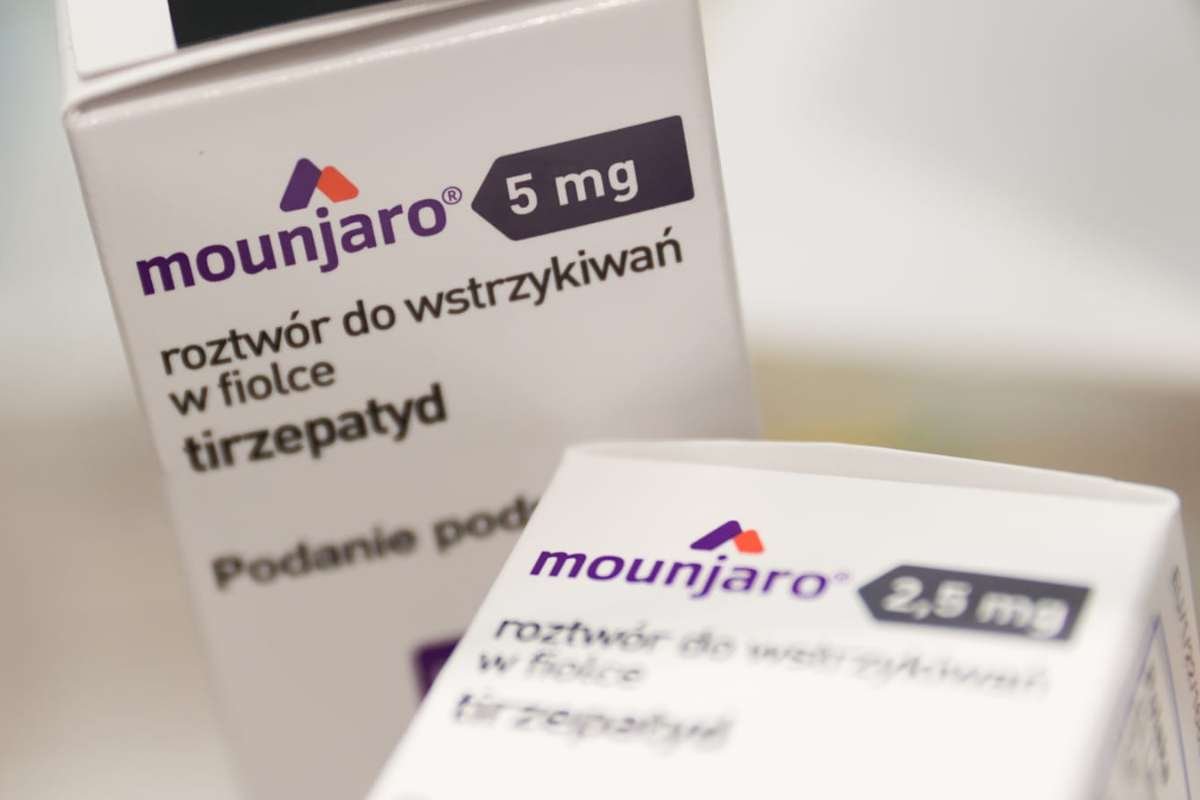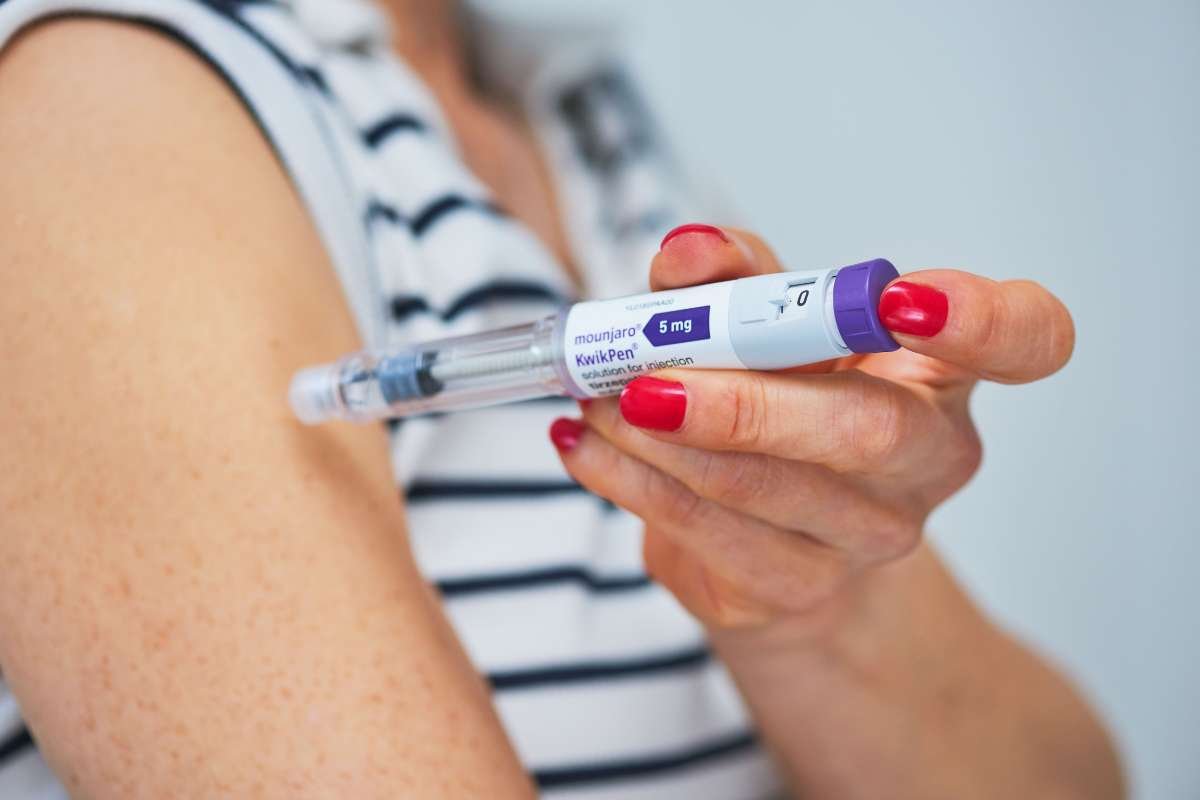In a pivotal trial that could reshape diabetes and cardiometabolic care, Eli Lilly’s drug Mounjaro (tirzepatide) has shown greater Mounjaro heart-protective benefits than its predecessor, Trulicity (dulaglutide). Results from the nearly five-year study involving over 13,000 adults with type 2 diabetes and heightened cardiovascular risk revealed that Mounjaro led to an 8% reduction in major adverse cardiovascular events (MACE)—a combined measure of heart attacks, strokes, and cardiovascular deaths.
Although the trial was structured to demonstrate non-inferiority, the consistent cardiovascular benefit—and a 16% lower all-cause mortality rate—positions Mounjaro as a more effective option. Eli Lilly’s cardiometabolic division president, Kenneth Custer, emphasized the Mounjaro heart potential to elevate treatment standards for diabetes patients facing cardiac risks.
These findings follow growing evidence that newer GLP-1-based therapies can improve not just blood sugar levels and weight loss, but also long-term heart health outcomes. While not yet statistically labeled as superior, Mounjaro’s real-world advantage could shift treatment decisions in its favor.
Sales Surge and Competitive Positioning in the GLP-1 Market
Mounjaro’s heart data also strengthens its commercial position. In 2024, it generated $11.5 billion in global revenue, more than doubling Trulicity’s $5.2 billion in the same period. With this latest data, Lilly is expected to seek an updated label from the U.S. Food and Drug Administration (FDA) by 2026, potentially expanding Mounjaro’s formal indications to include cardiovascular risk reduction.
The results could also help Lilly counter its biggest rival, Novo Nordisk, whose GLP-1 drugs Ozempic and Wegovy already carry FDA-approved heart benefits. Ozempic, for instance, has shown a 26% reduction in major cardiovascular events, and Wegovy a 20% reduction in earlier studies. Yet, analysts note that Mounjaro’s broader metabolic effects and weight-loss potential—mirrored in its twin product Zepbound—could give Lilly a long-term edge.
With the market for GLP-1 therapies expanding rapidly due to their effects on obesity, diabetes, and cardiovascular disease, these findings place Mounjaro heart therapy in a strong position to gain wider payer coverage and clinical adoption.
Safety, Side Effects, and Future Prospects
Both Mounjaro and Trulicity were well-tolerated in the trial, though gastrointestinal side effects such as nausea, vomiting, and diarrhea were more common in the Mounjaro group. Approximately 13.3% of patients discontinued Mounjaro due to side effects, compared to 10.2% for Trulicity. Most adverse events were mild to moderate and typically resolved over time.
Eli Lilly is continuing additional trials, including the SURMOUNT-MMO study, which evaluates Zepbound’s effect on cardiovascular outcomes in obese individuals without diabetes. If successful, this could significantly expand its therapeutic reach beyond weight management and glucose control.
As the company prepares regulatory submissions and peer-reviewed publications, the evolving Mounjaro heart profile may signal a new standard for cardiometabolic care—integrating glucose control, weight loss, and heart protection in a single therapy.







